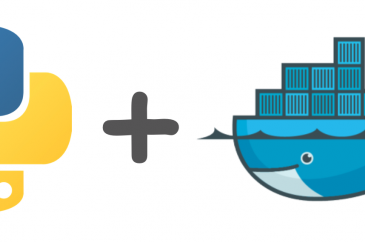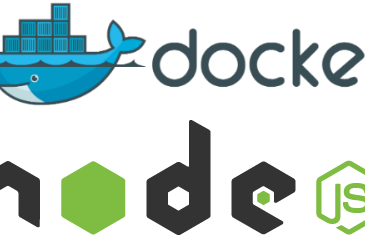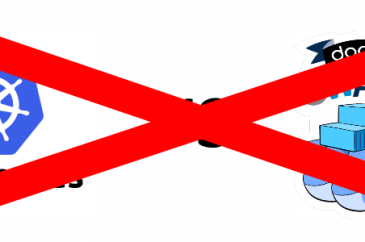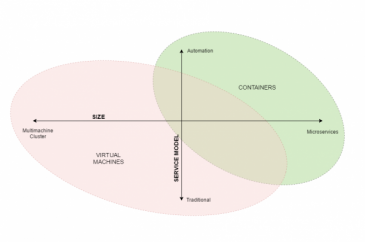
Chip Off The Ol’ Blockchain – Part 3: How to Setup a CI/CD Pipeline with VSTS and Truffle
Visual Studio Team Services (VSTS) has quickly become one for enterprise and indie developers the tool of choice for managing code repositories, processes, and test, and builds. With the rise of Solidity as the language of choice, Inevitably the need for CI/CD pipelines for Solidity smart contracts will grow. This short tutorial outlines how to…






